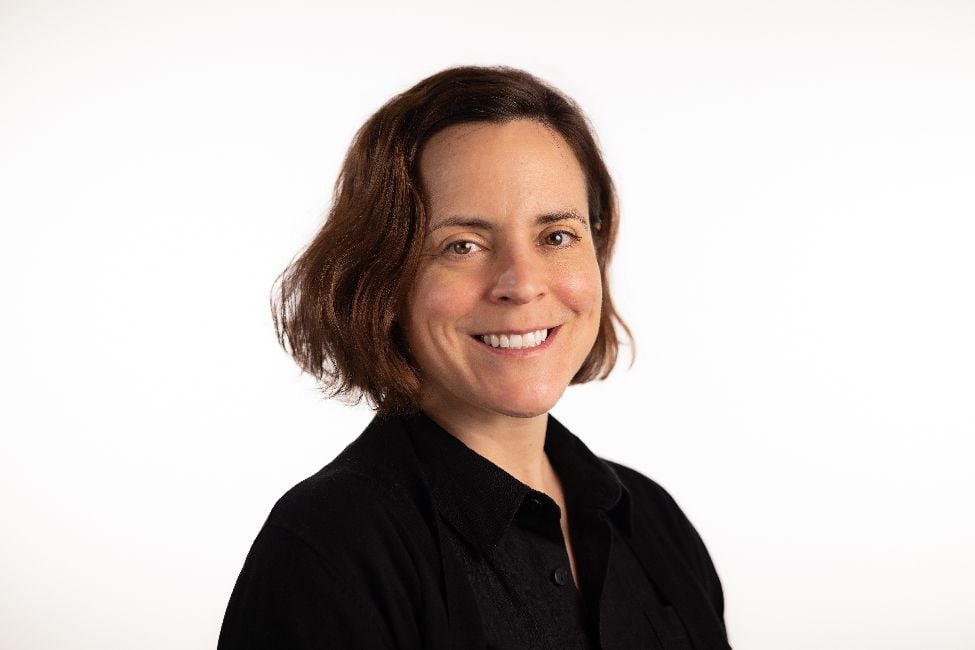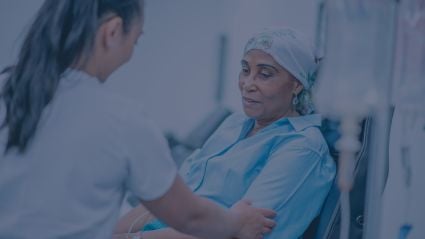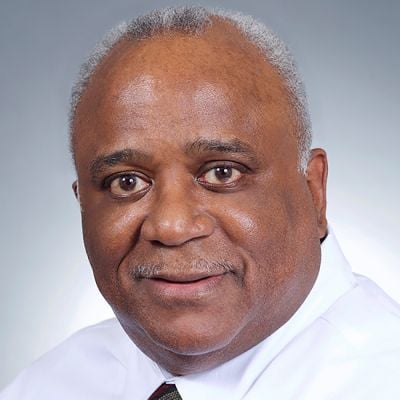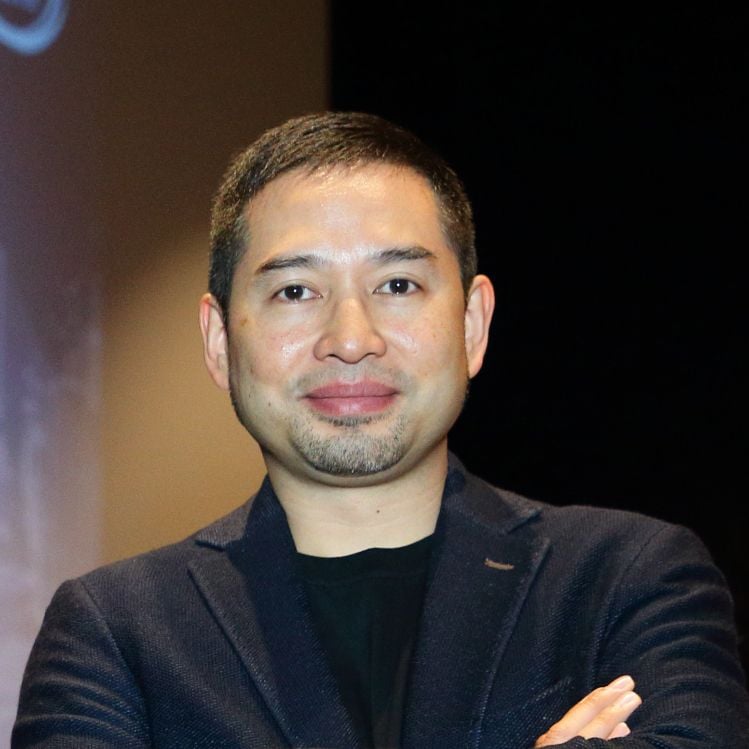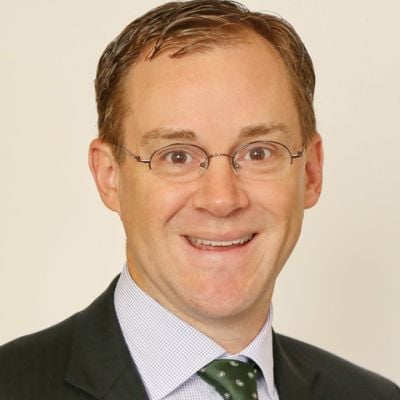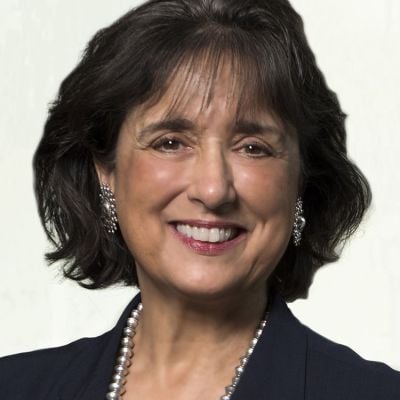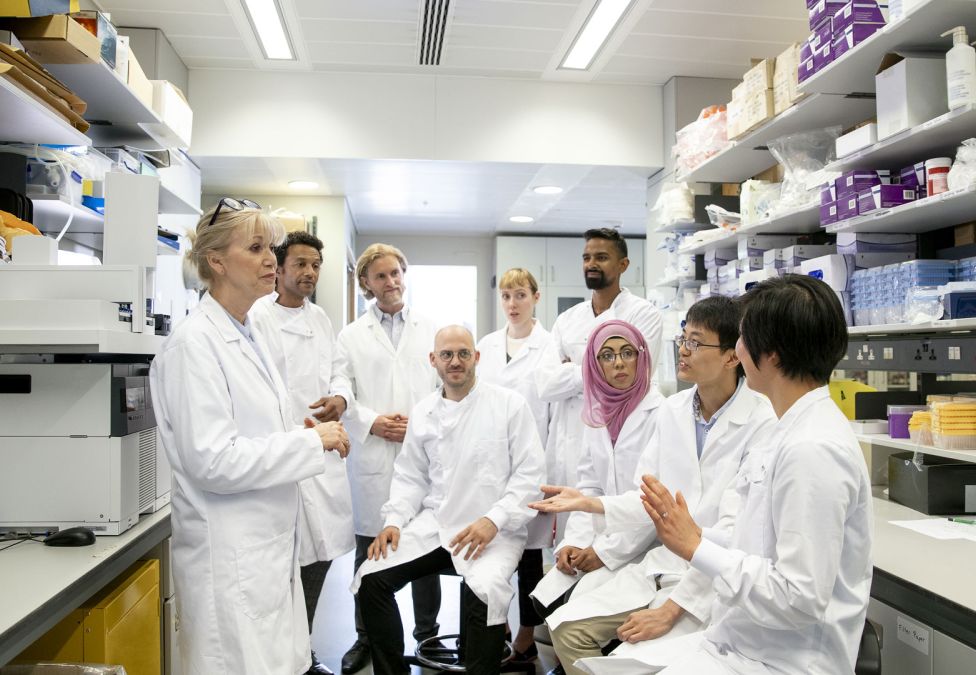
To address the biggest problems in human health today, we need to take bigger risks on bolder ideas. This means going beyond stepwise progress and asking ourselves “What if?” What if we had a single at-home test that could detect multiple types of cancer? What if we could transplant an entire human eye to restore vision? What if we could bring hospital-level health care to the doorstep of isolated rural populations?
Imagining these new frontiers is important, but it is not enough. To translate ideas into action, we also need ways to take bigger risks, which de-risk these hoped-for solutions as they move closer to becoming reality. Many of the hardest challenges in health seem intractable not because they cannot be solved but because no one has dared to address them directly for fear of failure. Risk aversion is both understandable and detrimental to world-changing advances. Indeed, failure is an integral part of revolutionary progress and reaping the rewards for patients, families, and our societies.
I speak from experience. Embracing failure is a crucial part of our mission at the Advanced Research Projects Agency for Health (ARPA-H), the newest agency of the US government. ARPA-H aims to make pivotal investments in high-risk, high-reward ideas that cannot be achieved through traditional research or investment. While the agency is less than two years old, the model has a proven track record—most notably at agencies such as the Defense Advanced Research Projects Agency (DARPA), where it led to breakthrough innovations, including the internet and miniaturized GPS. It is this model that needs global attention.
No one has a monopoly on groundbreaking health solutions.
Government agencies are perhaps the best-positioned to address the risks associated with cutting-edge research. They are invested in the greatest potential for public benefit rather than immediate financial gain. Unlike many small and even some large businesses, a government agency can take the longest view and balance the risk of failure against the overall societal good. When we do succeed, everyone stands to benefit. That might help explain why there are now ARPA-like agencies all over the globe, including in the United Kingdom, Germany, Italy, and South Korea.
Comfort with risk does not mean taking a casual, careless, or uncalculated approach. The model requires deep technical and business rigor. ARPA-H and DARPA subject all ideas to the “Heilmeier Catechism,” a series of clear, direct questions designed to help evaluate the viability of a research program. If a proposal withstands this rigorous evaluation, it may be deemed sufficiently worth investment.
Even the strictest vetting cannot ensure a program’s success. That is a feature, not a bug. Programs are intentionally designed to explore a broad landscape of possible solutions to a given problem. Over time, there is attrition of unsuccessful approaches until a final, successful solution is developed that is sufficiently de-risked and achieves a “convincing scale” to ultimately transition to the real world. Even then, efforts may fail. But through technical honesty and transparency there are lessons learned that can position us and others for future successes.
Good ideas can come from anywhere, so we need to seek them out all across the globe. No one has a monopoly on groundbreaking health solutions.
To facilitate collaboration with nontraditional innovators, we must work hard to meet them where they are. Many smaller companies, labs, or nonprofits, for instance, have never worked with the US government before and may not be well set up to do so. ARPA-H uses a simple awards process, starting with a three-page abstract. I often feel one gets a better sense of a proposed approach in three pages than in 150 anyway. A simpler process and more flexible funding mechanisms are foundational to an ARPA-style model.
Consider this example: ARPA-H saw an unmet need in women’s health care, so we conducted a Sprint for Women’s Health to spur innovation across six topic areas. In a little over a month, we received submissions from 34 countries, as well as from 45 US states and the District of Columbia. We knew there were unmet needs, and now we know there is untapped potential, too.
Step one is to take a leap of the imagination and ask ourselves “What if?” But without the right structure—and an appetite for risk—these ideas may not take the second step and become reality. For those of us who aim to improve health outcomes for all worldwide, we must rise to the challenge, in part by embracing risk. An ARPA model—one that works in the realm of high risk and high reward, pursuing that which is revolutionary, not evolutionary—is a proven approach to transformational science and medicine. Patients are waiting.
